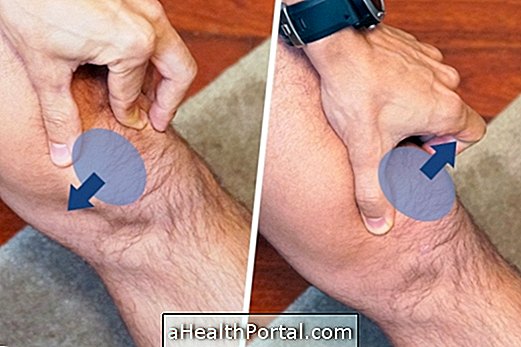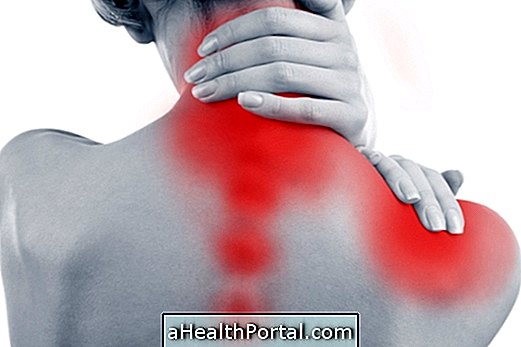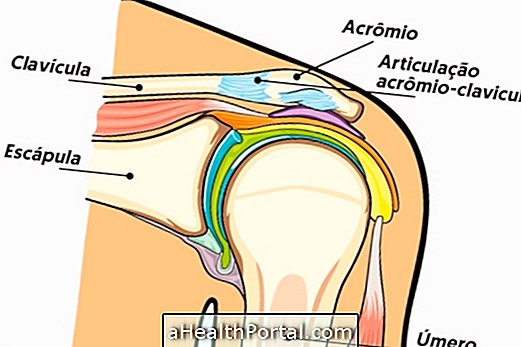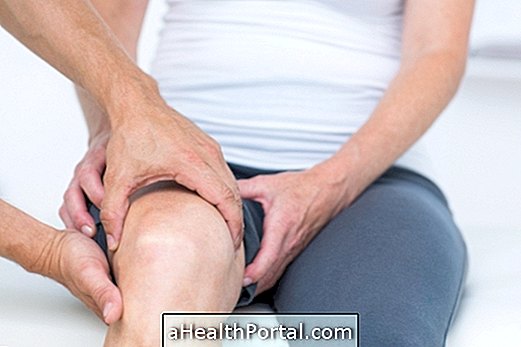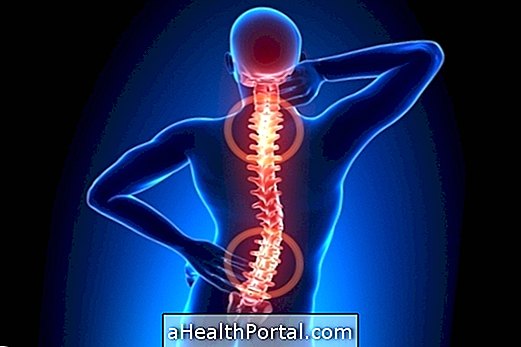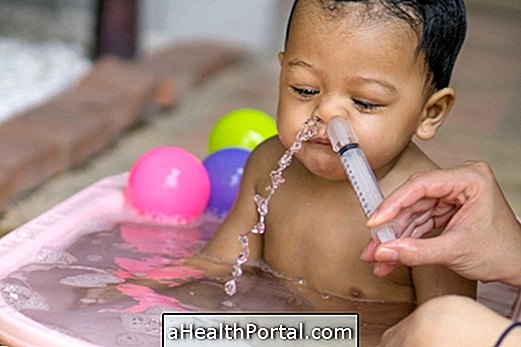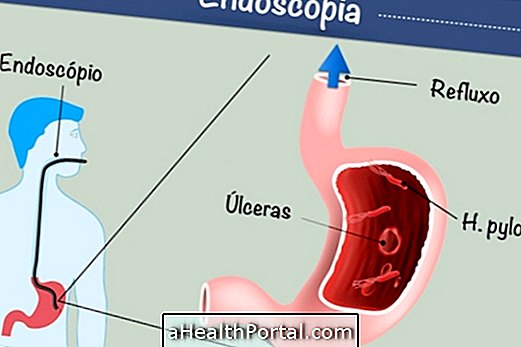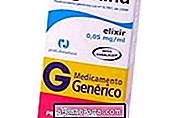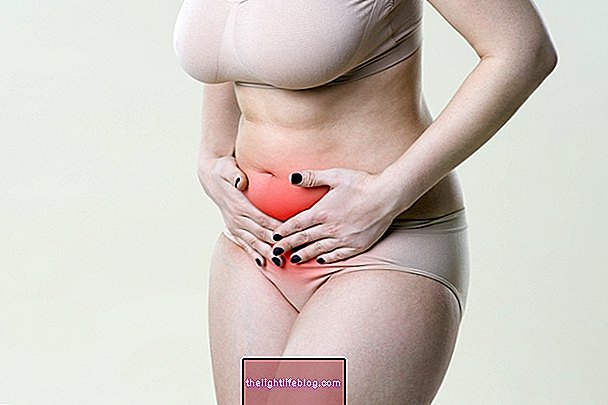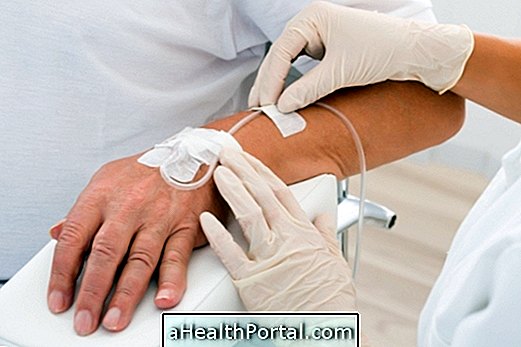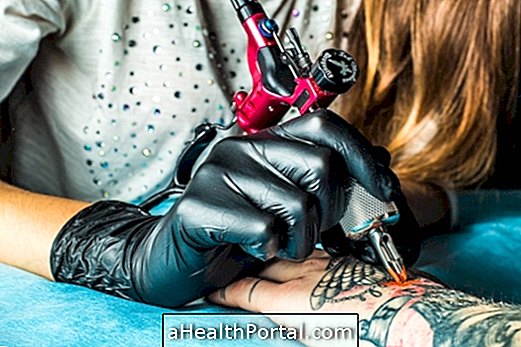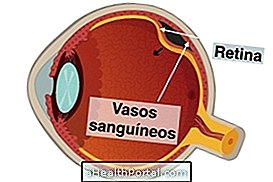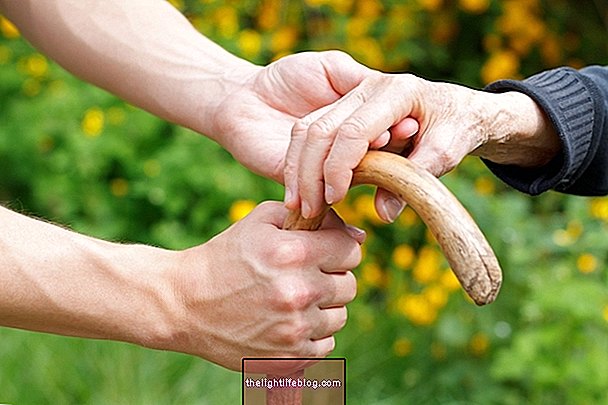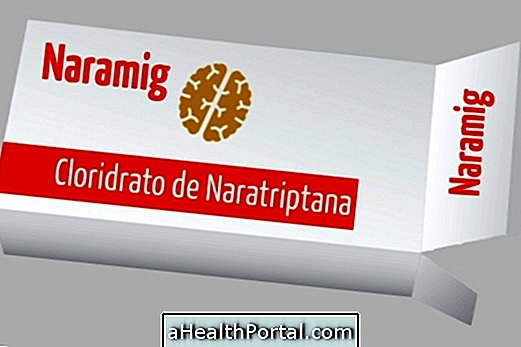Recovery after a hip prosthesis lasts for about 6 to 9 months, but it is possible to accelerate recovery by taking some daily care such as not crossing the legs, not turning the leg out or in and always keeping the operated leg stretched in the activities of the day -a-day.
This care should be taken every day to prevent the prosthesis from leaving the place, which can cause the individual to have to be operated again to reposition the prosthesis.
In addition to these care, to speed recovery, it is important to do physiotherapist-oriented exercises right after surgery and then at home. Learn more at: Physiotherapy after hip prosthesis.
Care of the hip prosthesis to accelerate recovery
To speed recovery after hip prosthesis, it is essential to always respect these 5 basic care:
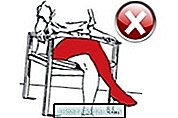


- Do not cross your legs
- Do not bend the operated leg more than 90º
- Do not rotate leg with prosthesis in or out
- Do not support the full weight of the body in the leg with the prosthesis
- Keep the leg with the prosthesis stretched whenever possible
How to sit and get out of bed
The patient bed should be high to facilitate movement. To sit and get up from bed you should:


- To sit on the bed: Still standing, lean your good leg on the bed and sit first taking the good leg to the middle of the bed and then with the help of your hands, bring the operated leg, keeping it stretched;
- To get up from bed: Sit on the bed, hold the hand operated leg and turn the entire torso to the outside of the bed. Support the good leg on the floor and lift the body, keeping the operated leg stretched.
When lying on the bed, you should always lie on your stomach and place a cushion between your legs to keep the prosthesis tighter to the hip and avoid turning to the side of the operated leg.
How to sit and stand up
To sit and lift correctly you should:



Chair without arms
- To sit: Stand by the chair, keep the operated leg stretched, sit on the chair and sit in the chair, turning the body forward;
- To lift: Turn the body to the side and keeping the operated leg straight, get up by leaning on the chair.
Chair with arms
- To sit: Stand with your back to the chair and keeping the leg with the prosthesis stretched, place your hands on the arms of the chair and sit, folding the other leg;
- To lift: Place your hands on the arms of the chair and keeping the leg with the prosthesis stretched, put all the force on the other leg and lift.
Toilet
Most of the toilets are low and the legs have to be folded more than 90º, so after placing a hip prosthesis, it is important to put a high sanitary seat so that the operated leg is not folded more than 90º and the prosthesis do not leave the place.
How to take a shower
To shower in the shower more easily, without too much force on the operated leg, you can put a plastic stool and take a bath sitting, taking care of the seat is not too low, so that the leg does not bend more than 90º and to keep your leg stretched while sitting down. Alternatively, you can use a shower hinged bench that is attached to the wall and you can also place grab bars to help sit and lift on the bench.


To wash the good leg, you can fold it and place it on top of the other, but to wash the operated leg, you should get up from the seat and place the knee on the seat so that you do not risk leaving the prosthesis of the place.
How to dress and put on
To put on or take off the pants or put on the stocking and the shoe on the good leg, you should sit on a chair and bend your good leg, supporting it over the other. For the operated leg, the knee of the operated leg should be placed on the chair to get dressed or put on.
How to walk with crutches
To walk with crutches you must:
- Advance the crutches first;
- Advance the leg with the prosthesis;
- Advance the leg without a prosthesis.
It is important to avoid long walks and always keep the crutches close to avoid falling and the prosthesis does not leave the place. To know more see: How to use crutches correctly.
How to climb and descend stairs with crutches
To climb and descend stairs properly with crutches follow the following steps:


Climbing stairs with crutches
- Place the leg without the prosthesis on the top step;
- Put the crutches on the step of the leg and at the same time place the leg with prosthesis on the same step.
Down stairs with crutches
- Place the crutches on the bottom step;
- Place the prosthetic leg on the step of the crutches;
- Place the leg without prosthetic on the step of the crutches.
How to crouch, kneel and clean the house
Generally, after 6 to 8 weeks of surgery, the patient can re-clean the house and drive, but in order not to bend more than 90º the operated leg and prevent the prosthesis from moving, it should:


- To squat: Hold onto a solid object and slide the operated leg back, keeping it stretched;
- To kneel: Place the knee of the operated leg on the floor, keeping the back straight;
- To clean the house: Try to keep the operated leg stretched and use broom and dustpan with long handle.
In addition, it is also important to distribute household chores throughout the week and remove carpets from the house to avoid falls.
The return to physical activities should be indicated by the doctor and the physiotherapist.
When to go to the doctor
It is recommended to go to the emergency room immediately or consult a doctor if:
- Intense pain in the operated leg;
- Which gives;
- Fever above 38ºC;
- Difficulty in moving the operated leg;
- The operated leg is shorter than the other;
- The operated leg is in a position other than normal.
It is also important whenever you go to the hospital or health center to tell the doctor that you have a hip replacement, so that you can take care of it.
